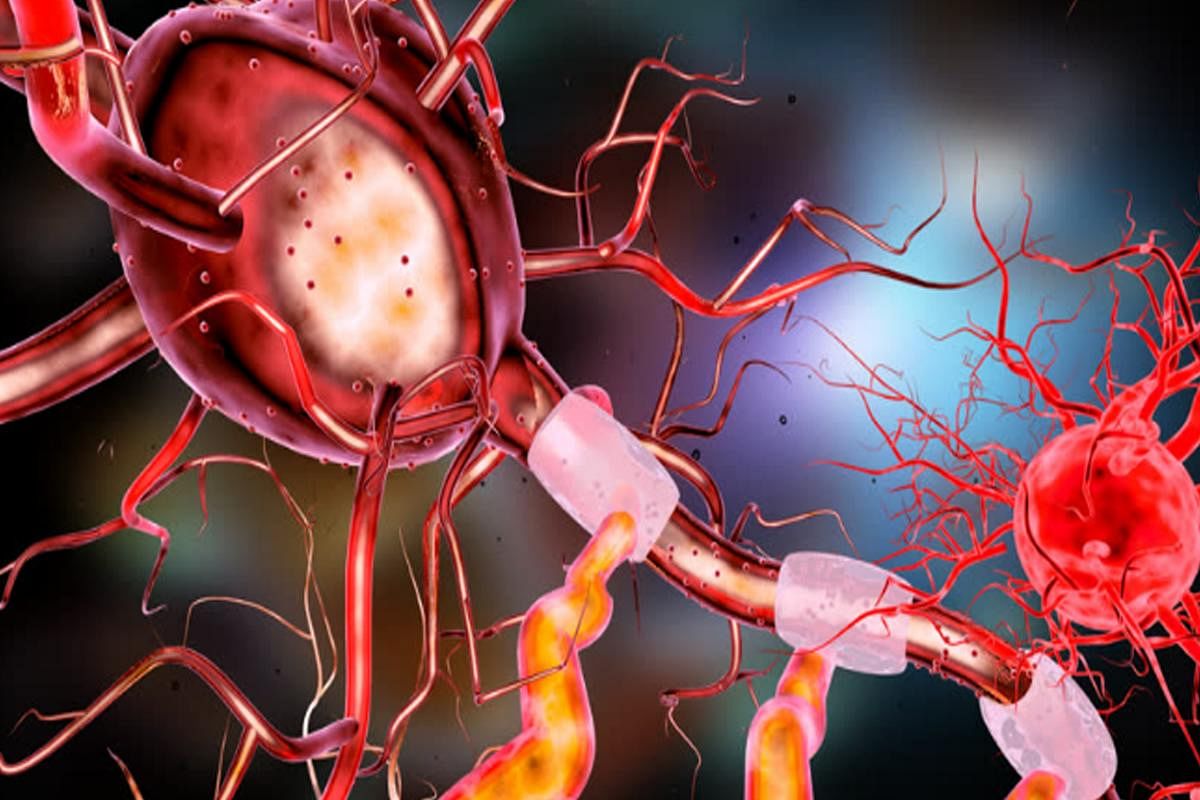
Schizencephaly is an uncommon congenital disorder of cerebral cortical development. The signs of schizencephaly typically present with neurological abnormalities that are recognised in the first year of life, although a delay in diagnosis is common. They may present with developmental delays, hemiparesis or weakness or the inability to move on one side of the body and/or seizures. Schizencephaly is a birth defect that causes irregular gaps, called clefts, in the brain. This affects the cerebral hemispheres, which are the largest parts of the brain and are responsible for movement, emotions, language, thought, memory, hearing, and vision.
The most important risk factors associated with this condition are young maternal age (less than 20 years old), a lack of prenatal care, and use of teratogenic drugs and alcohol. Common teratogens include some medications, recreational drugs, tobacco products, chemicals, alcohol, certain infections, and in some cases, uncontrolled health problems in the birthing parent. Alcohol is a well-known teratogen that can cause harmful effects on the foetus after exposure at any time during pregnancy.
Schizencephaly is more prevalent in rural areas. Illiteracy and low socio-economic conditions amongst the rural population are contributing factors. Women have no direct access to the primary healthcare system and referral to specialised centres. They may not undergo routine antenatal viral screening, and higher incidences of addiction (tobacco and/or alcohol), maternal age, early marital age, and sometimes (maternal trauma) due to violence may be implicated as causes. In addition, rural women still opt for home birthing either due to the unavailability of medical facilities or because of financial implications. Antenatal follow-up and availability of neonatal facilities for timely management of the condition are critical to prevent disability. For prenatal counselling and postnatal treatment planning, foetal MRI can be informative when prenatal ultrasonography is inadequate and doubtful.
The diagnostic method of choice for imaging schizencephaly is magnetic resonance imaging (MRI). There are two types of schizencephaly based on MRI features.
Type I (closed lip) has a milder course. It can be asymptomatic or diagnosed only in adult patients and presents with epileptic seizures and mild motor deficits.
Type II (open lip) has a more severe presentation, manifested by epilepsy (often refractory), intellectual disability, varying degrees of paralysis, hemiparesis in unilateral schizencephaly, and quadriparesis in bilateral schizencephaly.
A majority of patients have well-controlled seizures, some may develop refractory epilepsy with uncontrolled breakthrough seizures and associated risks, including sudden unexpected death in epilepsy.
In individuals with schizencephaly with large fluid-filled spaces, there may be the development of elevated intracranial pressure with associated complications such as herniation, and these patients may require surgical intervention with or without ventricle-peritoneal shunt placement.
The incidence of brain malformations and hypoxic injury at birth can be prevented by registration of pregnancy, proper scheduled antenatal checkups with adequate supplements and hospital delivery with good neonatal care facilities.
(The author is a neurologist.)